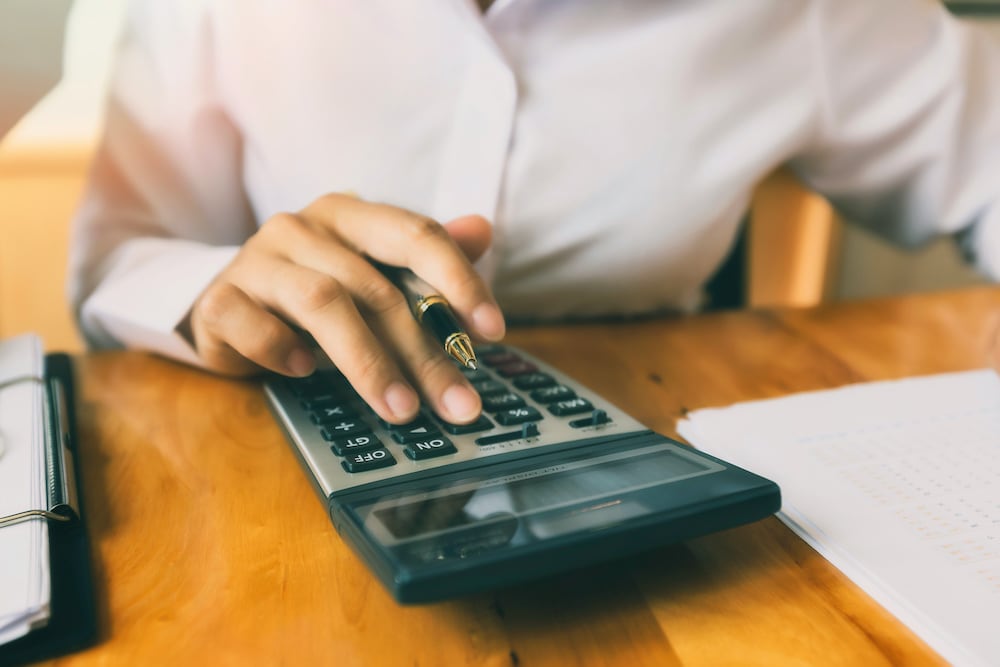
When you get in over your head with debt, it can be very difficult to get out. Fortunately, lawyers with experience in debt relief can help.
Depending on the details of the situation, there may be many strategies available to get your debt under control, but certainly the most powerful and effective are to be found under the U.S Bankruptcy Code. For consumers, the Bankruptcy Code offers two main types of bankruptcy, known as Chapter 7 and Chapter 13.
Once you have filed for either type of bankruptcy, a bankruptcy court will order your creditors to stop trying to collect your debt until after the bankruptcy period is over. This means they won’t be able to call you, garnish your wages or engage in any other collection efforts against you.
If you are struggling with debt and considering filing for bankruptcy, it is a good idea to learn about these two types and how they may help people in situations like yours.
Chapter 7
For those who are eligible for it, Chapter 7 is the fastest and most far-reaching way of eliminating debt. If all goes well in your Chapter 7 bankruptcy, the court will discharge most types of debts within 3-5 months.
It’s important to note that there are some drawbacks to filing for Chapter 7. For one, Chapter 7 requires you to sell some assets to partially pay off your creditors. That said, there is a long list of types of debt that are exempt from the liquidation requirement.
The eligibility requirements of Chapter 7 can be quite strict, and you will have to pass a means test before you can take advantage of Chapter 7’s protections. This means you must show that you have below a certain income level and less than a specific amount in assets, and are unable to pay your debts without bankruptcy.
Chapter 13
Chapter 13 is generally for people who have some steady income but are unable to pay their debts without help. It does not require that you sell any assets. Instead, it provides you with protection from your creditors while you prepare and carry out a plan to repay most of your debts. So long as you abide by the rules of the repayment plan, when the protection period is over, the court will discharge many of your remaining debts.
The big tradeoff for these advantages is that Chapter 13 takes longer. Where Chapter 7 takes 3-5 months, a Chapter 13 repayment plan takes 3-5 years. Still, for those who qualify for Chapter 13, the process can be a very effective way to return to financial solvency.
Learn more about your debt relief options
If you’re struggling with debt, it’s important to know that you are not alone. However, no two situations are exactly alike. It’s a good idea to seek help from an experienced debt relief attorney to find out how the law may apply to your unique circumstances.




